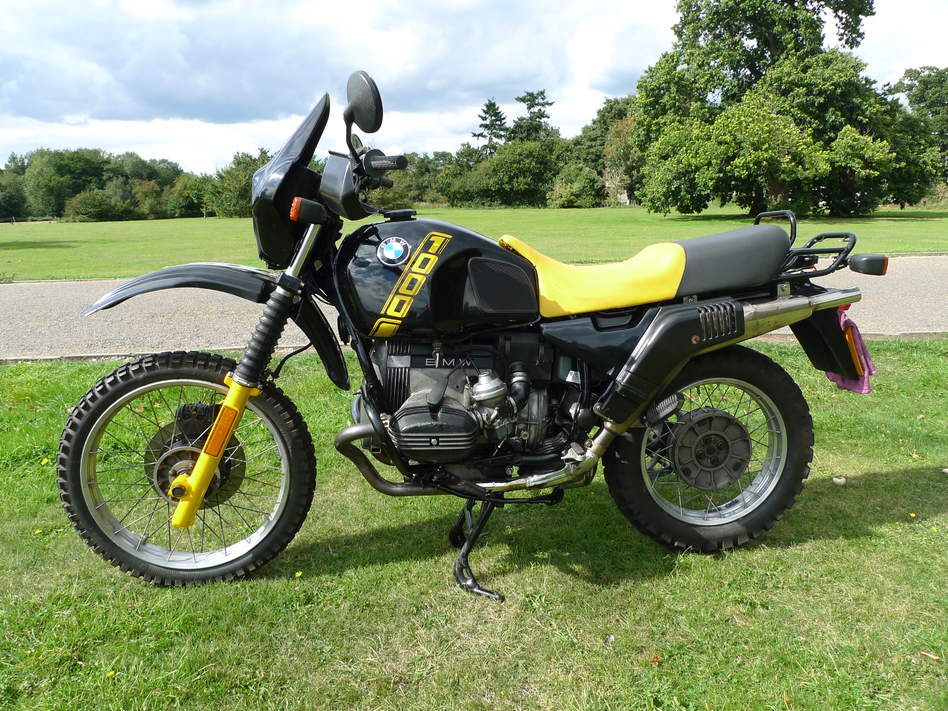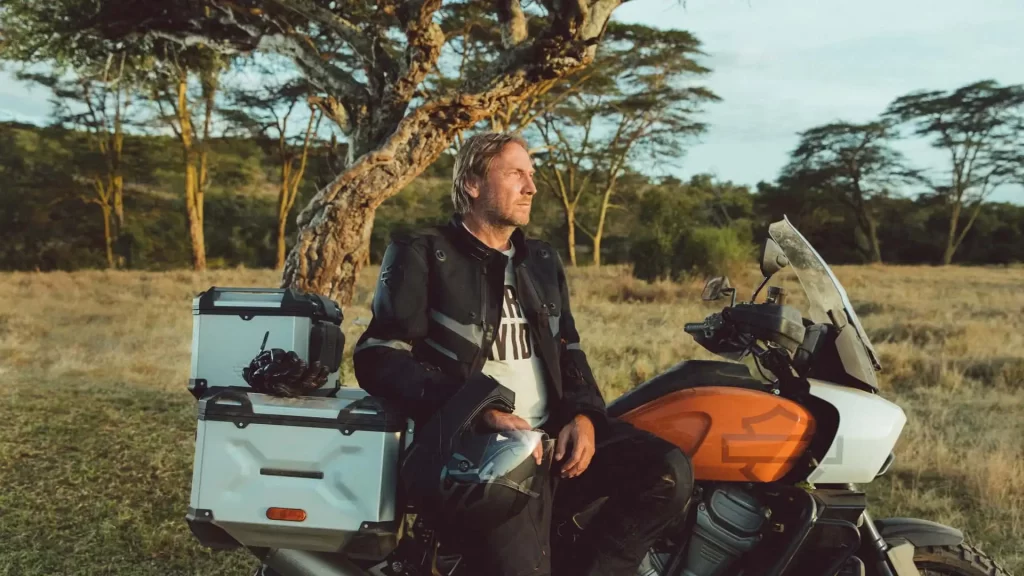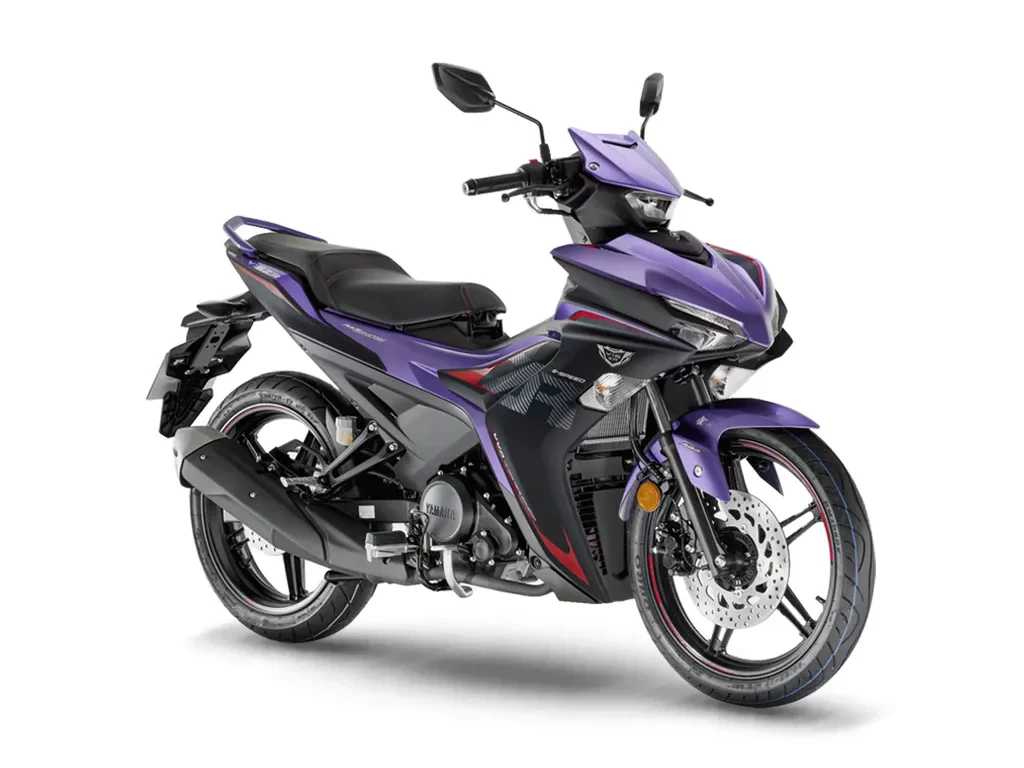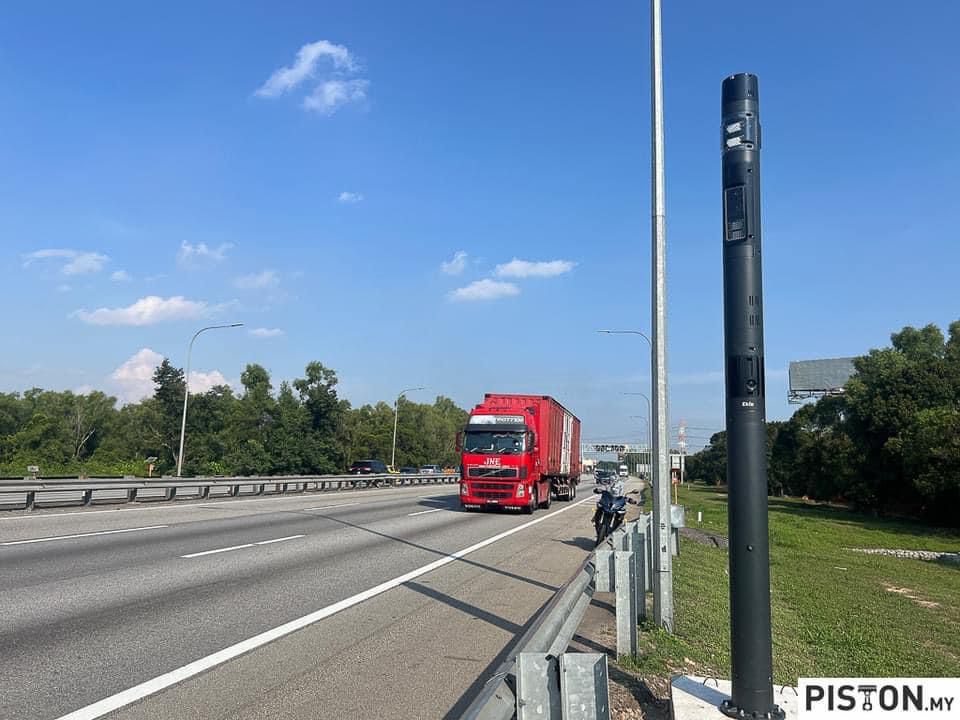-
We continue our 40 Years of the BMW GS series.
-
The second-generation GS was known as the BMW R 100 GS.
-
It featured a bigger engine along with the Paralever, among others.
We continue our 40 Years of the BMW GS series with the next generation of the GS called the BMW R 100 GS.
The R 100 GS was a watershed model, picking up from the success of the R 80 G/S, making its debut mid-1987. However, although the R 80 G/S was “discontinued” is evolved into the R 80 GS.
This time the both bikes would mean Gelände/Sport, instead of Gelände/Straße. This designation would be changed again in time to the original. Both models promised higher performance, improved comfort and better brakes.
The engine of the R 100 GS was adopted from the 1986 R 100 RS sport-tourer. If the latter’s name sounds familiar, it’s because it was the first production bike to be fitted with a full fairing. Doing so had given rise to the modern sport-tourer segment.
Going back to the GS, the RS’s brawny character means it produced 60 hp from its 980cc Boxer. The R 80 GS remained with the 798cc engine which produced 50 hp.
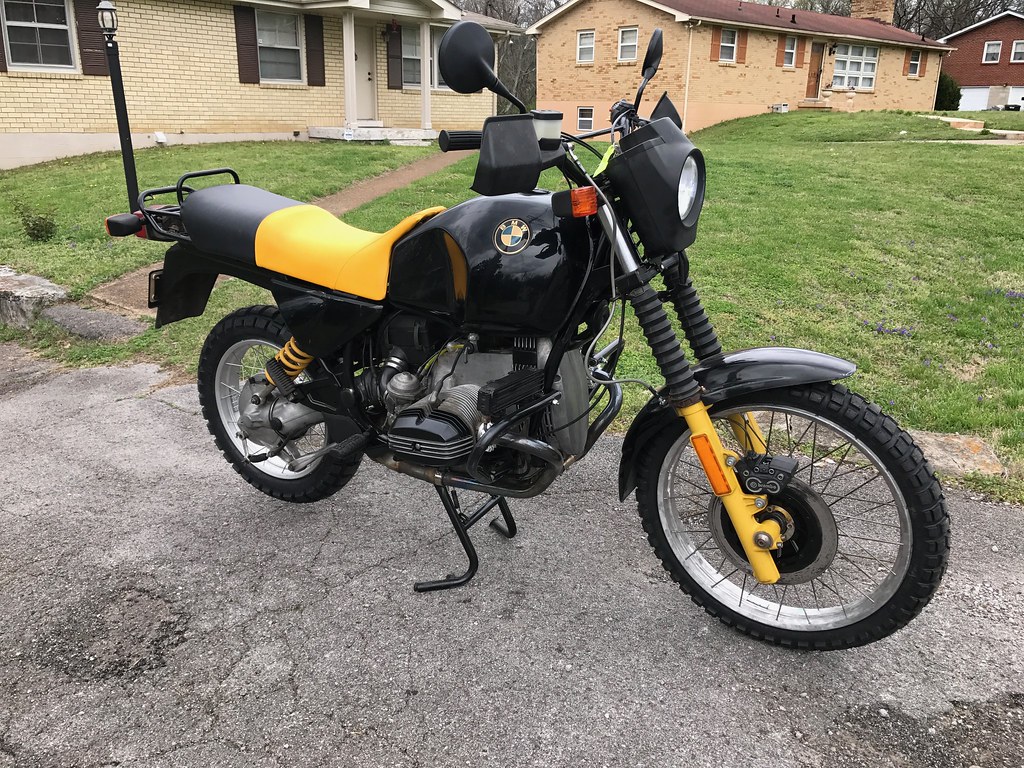
The R 100 GS represented another important milestone in the GS evolution, as it was the first BMW production motorcycle to feature the now famous “Paralever” swingarm.
BMW engineers had known about “shaft jacking” from early on. The phenomenon meant that the rear of the bike rises against stiffening suspension under acceleration. The manufacturer’s race engineer Alex von Falkenhausen had actually fitted the factory race bikes with double-joint swingarms since 1955 to counter the effect.
The maker had secured the patent for this kit but was never transferred to their street bikes, until the new bigger engine’s torque produced more pronounced shaft jacking. The extra bar made the swingarm look like a parallelogram, hence the name “Paralever.”
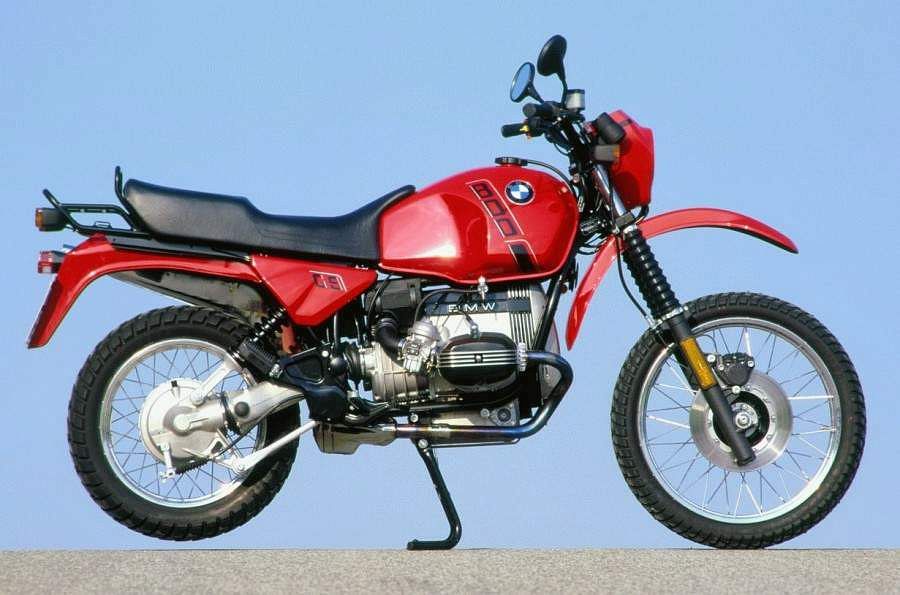
It worked so well that is was later adopted to the R 80 GS.
BMW didn’t stop there.
To improve handling, travel-dependent damping also made its debut at the front. The forks were made stronger, while the left fork gained a conical bushing.
How it worked was like this: As the fork rises, the cone caused the gap between the spring coil started to grow smaller and smaller. In effect, it was like a rising rate spring. This ensured that the fork could withstand jump landings.
BMW also gave the bike a hollow front axle which avoided the forks from distorting.
Besides the suspension, BMW also looked at the wheels (rims).
The now commonplace cross-spokes made its debut on the R 100 GS. As the spokes are mounted to the outsides of the wheels, the rider could mount tubeless tyres. It also facilitated spoke replacement without the need to remove the wheel or tyre.
These spokes also had flat angles for elasticity that resulted in the ability to absorb impacts and overloading. This design was so successful that it’s continued to this very day.
The cross-spokes also provided more space for the new and larger brake calipers for the bigger brake discs.
The frame remained essentially the same as that of the R 80 G/S but was strengthened. However, a stronger subframe was fitted and upped the bike’s load carrying capacity.
Many customers requested for a more fuel capacity compared to the R 80 G/S’s. BMW answered with a 26-litre fuel tank. It was a good compromise between the standard R 80 G/S’s 19 litres and the Dakar’s 32 litres.
Even the front fender was redesigned with the help of a wind tunnel to reduce instability at highway speeds.
An allow plate was fitted to front of the centre stand to protect the oil sump and exhaust pipe.
The R 100 GS also received a new handlebar-mounted fairing with higher windshield. Apart from that, it also featured an oil cooler and crash bars.
BMW R 100 GS Paris-Dakar
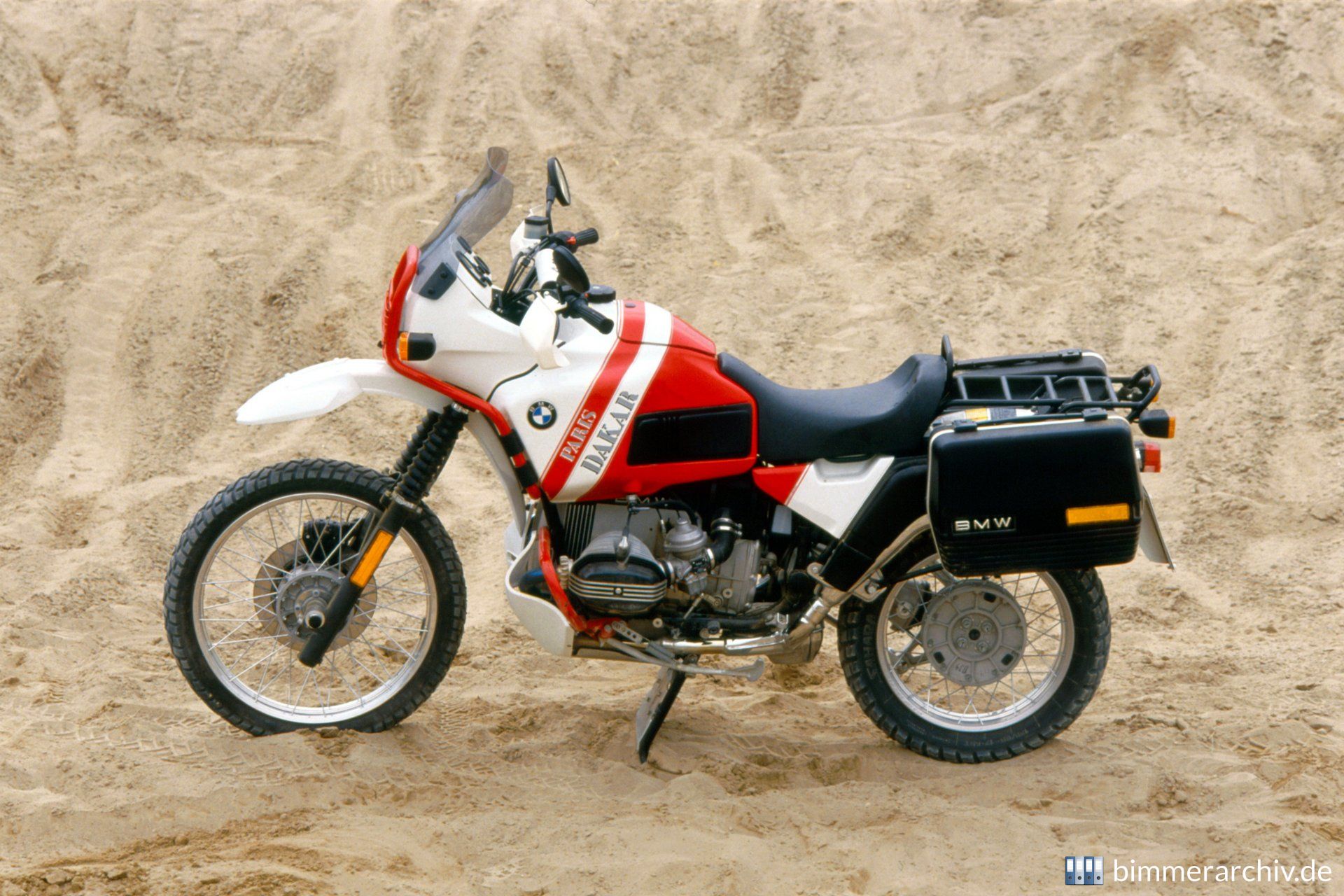
BMW had initially conversation kits for the bike, but decided to produces full Paris-Dakar version in 1989.
The fairing was replaced with a frame-mounted kit which included the instrument cluster, unlike the standard model’s.
A 35-litre tank was fitted, as was a solo seat with luggage rack at the rear.

